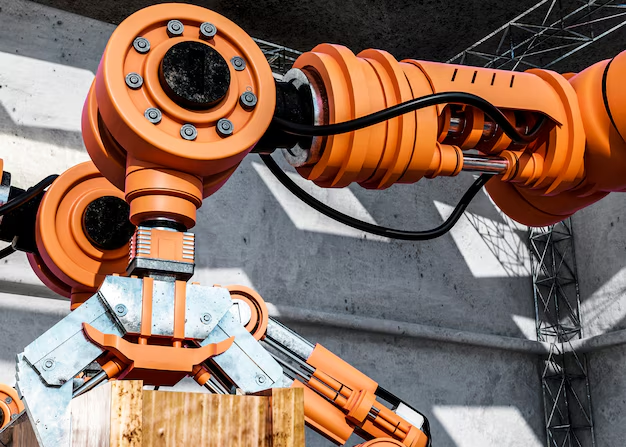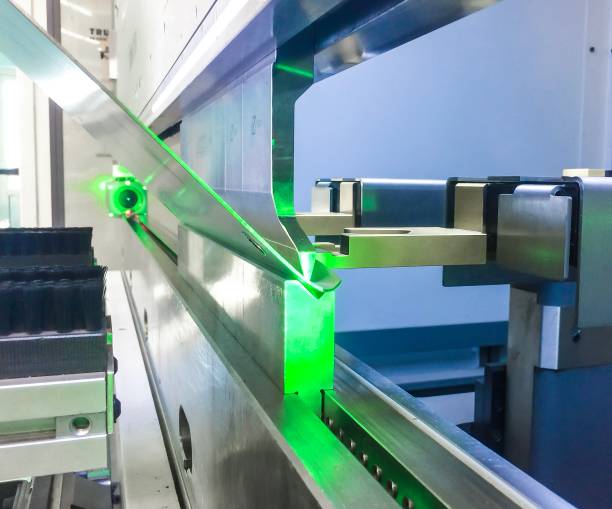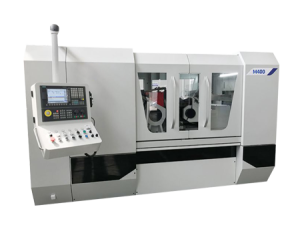In the manufacturing industry, choosing the right bending machine is crucial for determining both production efficiency and product quality. However, with so many types of bending machines available, many business owners and production managers find themselves confused. Which it is best for your production needs? Different industries and production scales require different machines. From simple manual operation to highly efficient automated systems, each type of it offers unique advantages and is suited to specific scenarios.
There are six common types of bending machines. The manual bending machine is flexible and cost-effective, while the hydraulic bending machine offers powerful pressure for heavier tasks. For those looking for precision and automation, the CNC bending machine is the way to go. If you’re focused on large-scale automated production, the bending center is a top choice. The electric bending machine combines efficiency with eco-friendliness. Meanwhile, the mechanical bending machine may be traditional, but its speed and durability make it ideal for handling repetitive tasks. By choosing the right bending machine, you can significantly boost your production efficiency and product quality.
Next, we will explore these six types of bending machines in detail. This will help you understand their specific advantages and drawbacks, making it easier for you to find the machine that best meets your production needs without wasting time on guesswork.
Manual Bending Machine: A Small and Flexible Daily Tool
For small workshops that don’t need large-scale production, the manual bending machine is an affordable and practical choice. It relies on the operator’s manual control, and its simple design makes it easy to maintain. Whether for crafting handmade products or DIY projects, the manual bending machine gives you flexible and versatile solutions.
While it may not be as advanced as more high-tech models, its biggest advantage is convenience. For tasks that need quick and easy adjustments, nothing beats the manual bending machine.
Common industries:
- Small-batch metal product manufacturing
- Customized craft production
- Home décor and small metal items
Hydraulic Bending Machine: Precision Bending Under High Pressure
The hydraulic bending machine offers powerful force, making it easy to handle the bending of heavy metal materials. It is ideal for processing building materials and large-scale manufacturing. Its hydraulic system provides consistent and stable pressure, which makes each operation more precise and reliable. Compared to manual machines, hydraulic bending machines can handle higher-strength tasks with smoother operation. This makes them perfect for complex jobs that require high accuracy.
Common industries:
- Construction steel processing (such as structural steel beams)
- Shipbuilding
- Large machinery manufacturing

CNC Bending Machine: A Smart Tool at the Cutting Edge of Technology
If precision and automation are your priorities, the CNC (Computer Numerical Control) bending machine is your best choice. Controlled by a computer system, it can automatically perform complex, multi-step bending tasks according to pre-set programs. This reduces manual intervention and errors, greatly increasing production efficiency.
Another key benefit is that CNC technology not only improves processing quality but also allows for quick changes between tasks. This makes switching between different workpieces much smoother, especially for medium to high-volume production lines that require precise parts.
Common industries:
- Automotive manufacturing (body panels and parts)
- Aerospace (aircraft shells and components)
- Electronics casing production

Bending Center: The All-in-One Powerhouse for Automated Production
The bending center is truly the “all-rounder” in automated production. It is more than just a bending machine—it’s an automated workstation that handles multiple tasks like loading, clamping, and bending all at once.
These machines can complete complex bending tasks in a very short time, with almost no operator intervention needed. Because of this, bending centers are widely used in industries that require large-scale automated production, making them essential for boosting productivity.
Common industries:
- Home appliance manufacturing (like refrigerator and washing machine casings)
- Metal furniture production
- Large-scale metal parts production
Electric Bending Machine: Where Efficiency Meets Eco-Friendliness
If you’re focused on energy-saving and eco-friendliness, it is the star of modern manufacturing. It uses an electric motor instead of the traditional hydraulic system, which not only reduces energy consumption but also cuts down on noise pollution during operation. Electric bending machines are perfect for small-batch production tasks that require precision, especially for companies with a strong focus on sustainability.
It’s also worth noting that this type of machine has lower maintenance costs and operates more smoothly. For many small and medium-sized businesses, it is not only an environmentally friendly choice but also an efficient and cost-effective solution.
Common industries:
- Green manufacturing factories
- Precision metalwork in laboratories
- Small production lines with high-precision tasks
Mechanical Bending Machine: An Efficient Classic Choice
Although the technology of mechanical bending machines is more traditional, their high efficiency and durability keep them popular in many industries. With a mechanical transmission system, these machines can quickly handle large volumes of repetitive bending tasks.
Compared to modern automated equipment, mechanical bending machines offer advantages like faster operation and lower maintenance costs. For factories that need to complete a high volume of tasks in a short time, this type of machine remains a reliable option.
Common industries:
- Furniture manufacturing (such as metal frames and doors)
- Metal component processing
- Industrial equipment parts production
Conclusion: Choose Flexibly for Efficient Production
Whether you need the simple operation of a manual bending machine or the advanced automation of a bending center, understanding the features and applications of each type is key to optimizing your production process and improving efficiency. If you want to learn more about the functions and uses of different bending machines, feel free to visit our website. We are here to provide expert advice and detailed product information. Let us help you find the best meets your needs, so your business can move toward a more efficient, green, and intelligent future!










